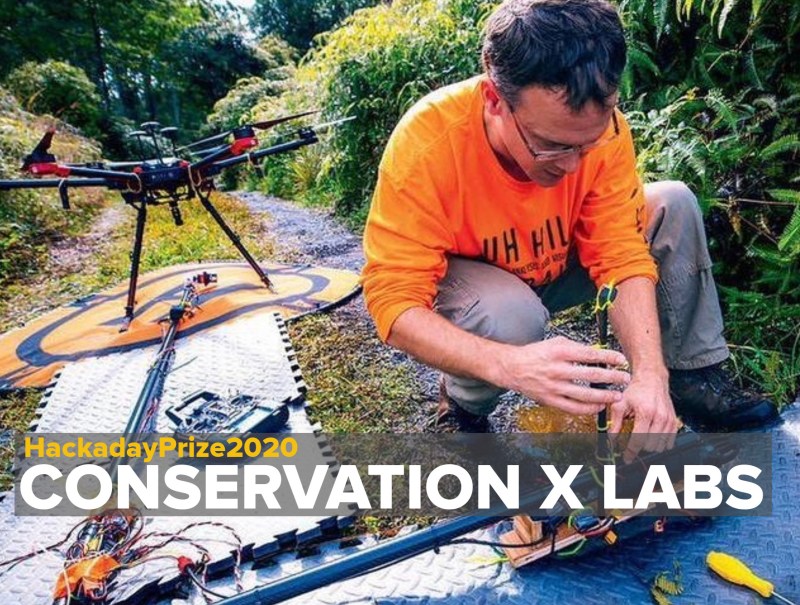When most people think of extinct species, they likely imagine prehistoric creatures such as dinosaurs or woolly mammoths. Extinction is something you read about in history books, nature’s way of removing contestants in the great game of life. It’s a product of a cruel and savage world, and outside of a few remaining fringe cases, something that humanity’s advanced technology has put a stop to.
 Unfortunately, the truth is far more complicated than that. The planet is currently going through its sixth major extinction event, and this time, it’s our fault. Humanity might not be willfully destroying the natural habitats of the plants, fish, birds, and other lifeforms that have been eradicated, but we’re responsible for it just the same. Humans are an apex predator unlike any the world has ever seen before, and the only force that can stop us is ourselves.
Unfortunately, the truth is far more complicated than that. The planet is currently going through its sixth major extinction event, and this time, it’s our fault. Humanity might not be willfully destroying the natural habitats of the plants, fish, birds, and other lifeforms that have been eradicated, but we’re responsible for it just the same. Humans are an apex predator unlike any the world has ever seen before, and the only force that can stop us is ourselves.
Founded in 2015, Conservation X Labs is devoted to doing everything it can to end this sixth wave of extinction. Unsatisfied with the pace of traditional conservation, they leverage technology and open innovation to develop unique new ways of combating the damage our species has done to life on this planet. After all, it’s the only one we’ve got.
We’ve partnered with this organization to help develop solutions to some of these problems. This includes an open call challenge that anyone can enter, and a Dream Team program that you can get involved with if you act quickly. Let’s take a look at what Conservation X Labs is all about, and what is involved with the challenges at hand.
The Challenge of Hacking the Planet
With such a worthy goal and their embrace of out-of-the-box thinking, Conservation X Labs was a perfect partner for the 2020 Hackaday Prize. Saving species that have become endangered by human activity requires robust real-world solutions, but if they’re to have any chance at being adopted on a large scale, they need to be deployable at minimal cost and with the least amount of disruption as possible. That can be a difficult balance for large commercial entities to strike, but it’s the sort of thing that the hacking and making community absolutely excels at.
For the 2020 Hackaday Prize, Conservation X Labs has tasked competitors with developing innovative solutions for protecting marine life and combating invasive species. Building hardware that can survive the harsh ocean environment adds an extra dimension of challenge to these entries, and we’re excited to see how the submitted designs take it into account.
According to Sam Kelly, the Conservation Technology Program Manager at Conservation X Labs and mentor for this year’s Hackaday Prize, teams that want to tackle these challenges need to plan ahead if their design is to have any chance of surviving. “Between the salt, weather, pressure, and water, any solution needs to be ready for ingress and corrosion. It is also essential to consider the potential inaccessibility of any deployed device – for both maintenance and communication.”
Teams also have to make special considerations for the end-user. If you’re developing a device that needs to be operated by fishermen on a rocking boat in the middle of the ocean, a tiny touch screen probably isn’t going to work out very well. If it’s too difficult or time consuming to operate, then in all likelihood it just won’t get used.
Divide and Conquer
As you may already know, this year we’re approaching the Hackaday Prize a little differently. Each non-profit we’ve partnered with has given us a few different problems they’d like to see addressed, plus a “Dream Team” assignment that could earn the selected team a stipend to work on the problem full-time over the summer. Just make sure act fast if you want into one of the four Dream Teams since applications close on Tuesday!
For Conservation X Labs, the challenge categories are:
Combating Invasive Species
Under normal circumstances, an ecosystem will balance itself out so that lifeforms within it are largely compatible with each other and evenly matched. But once humans started traveling around the globe and taking plant and animal life with them, that balance was jeopardized. From the exotic pet trade to animals that are inadvertently transported aboard ships and cargo containers, there are many species that are now being forced to deal with competitors that Mother Nature never intended for them to meet.
The trick with this challenge is to develop solutions that can monitor or even curtail the spread of a particular species without harming the indigenous life. Ideas in this category could potentially make use of computer vision or machine learning for identification, such as in the case of a trap that only closes when the targeted invasive species is inside.
New Tools for Marine Protection
To help combat illegal fishing operations, Conservation X Labs is looking at ways to provide continuous real-time monitoring of everything happening above and below the water in designated Marine Protected Areas (MPAs). This is where teams will really be challenged to develop robust solutions that can spend an indeterminate amount of time exposed to the elements.
For this challenge, there’s a special focus on systems which are inexpensive and have low maintenance requirements. To be useful in the developing world, proposals should be careful not to assume that there will be reliable local infrastructure available. For inspiration, teams might look to something like the OpenCTD project to get ideas on how to design low-cost deployable underwater sensors.
Dream Team: Reducing Ghost Gear
Lost or abandoned fishing equipment is a huge problem, as a trap or net that’s been left in the water doesn’t have an off switch. Animals get caught, die, and serve as bait for the next wave of victims. The process will generally continue until the equipment rots away, which could take years or even decades. An investigation by NOAA determined there were at as many as 145,000 derelict traps in the Chesapeake Bay alone, responsible for killing over three million blue crabs annually.
Conservation X Labs says this problem has been particularly difficult to solve in an affordable and practical way. They believe that the most promising avenue of research is into technology that can reduce the so-called “soak time” of fishing equipment. If you can reduce how long a trap, net, or line needs to remain in the water, it’s less likely it will be snagged or lost inadvertently.
Other possible solutions include systems that can track or identify underwater fishing gear for recovery purposes, or the development of more selective traps and nets. Prior art includes the PISCES device by SafetyNet Technologies, which has shown that illuminating nets with color coordinated LEDs can help reduce bycatch; an industry term used to describe undesirable species being pulled in along with whatever the fishermen were intending to catch.
The Race is On
Whether your team wants to tackle the aquatic challenges put forward by Conservation X Labs, or the equally worthy goals of the three other incredible non-profits we’ve partnered with for the 2020 Hackaday Prize, the clock is already ticking. You have until August 31st to get your entries in, but groups looking to address the Dream Team will have to get their applications in by Tuesay, June 2nd if they want to be considered for the summer microgrant program.
[Main image source: Andrew Richard Hara]




















Pangolins and Bats are teaming together to reduce the 6th mass exctinction.
There won’t be any change as long as ecosystems and habitats are not restored.
If you do not target a species at the reproductive age your efforts are pointless, and if you do, but only remove the weak, then species will evolve to be resistant.
So couple of ideas I’m not gonna use.
Tag fishing gear, traps, pots, with high return sonar targets, corner reflectors for sonar, so they show bright on fishfinder sonar.
Find old metal traps by searching for strong resonant responses in probably the UHF bands, due to them possibly acting like cavity resonators at those frequencies (Due to typical dimensions)… However, since UHF might only penetrate 50m or so in seawater, you’re gonna have to drag a submersible transponder 50m or so off the seabed.